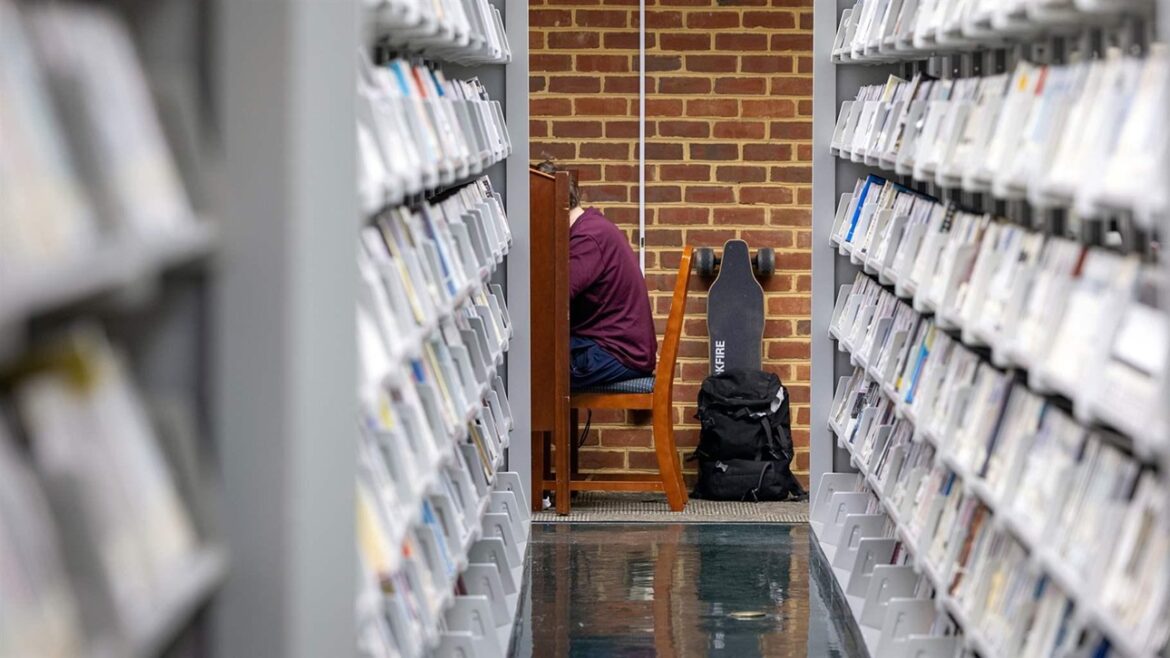In a new analysis, Pew experts examine how the October restart of federal student loan payments may affect state economies.
Find the analysis here: https://pew.org/3QdnT7K
According to experts, what the resumption of federal student loan repayments will mean for each state will be shaped by a host of factors, including the share of the state’s population with loans, typical loan size, and repayment rates.
States that may face greater budgetary risk, experts suggest, are those in which outstanding federal student loan balances make up larger shares of total state personal income; the states in which outstanding federal student loan balances make up 10+ percent of total state personal income include Alabama, Arkansas, Delaware, Georgia, Kentucky, Louisiana, Michigan, Mississippi, Missouri, North Carolina, Ohio, South Carolina, West Virginia, and the District of Columbia. [PF1] (As the map in the analysis indicates, outstanding loans make up 8.5 percent of total personal income in the typical state).
States can work to better understand the potential impacts of student loans on their economy. A June 2023 report published by Pennsylvania’s Independent Fiscal Office, for example, analyzed a wide range of economic factors and estimated drops in annual sales and use tax, corporate net income tax, and personal income tax collections expected from the resumption of federal student loan payments. This information can help states take steps to mitigate and offset any potential budgetary effects.
To discuss how the restart of federal student loan payments could hurt state economies or to interview an expert about this analysis, please feel free to contact me.





